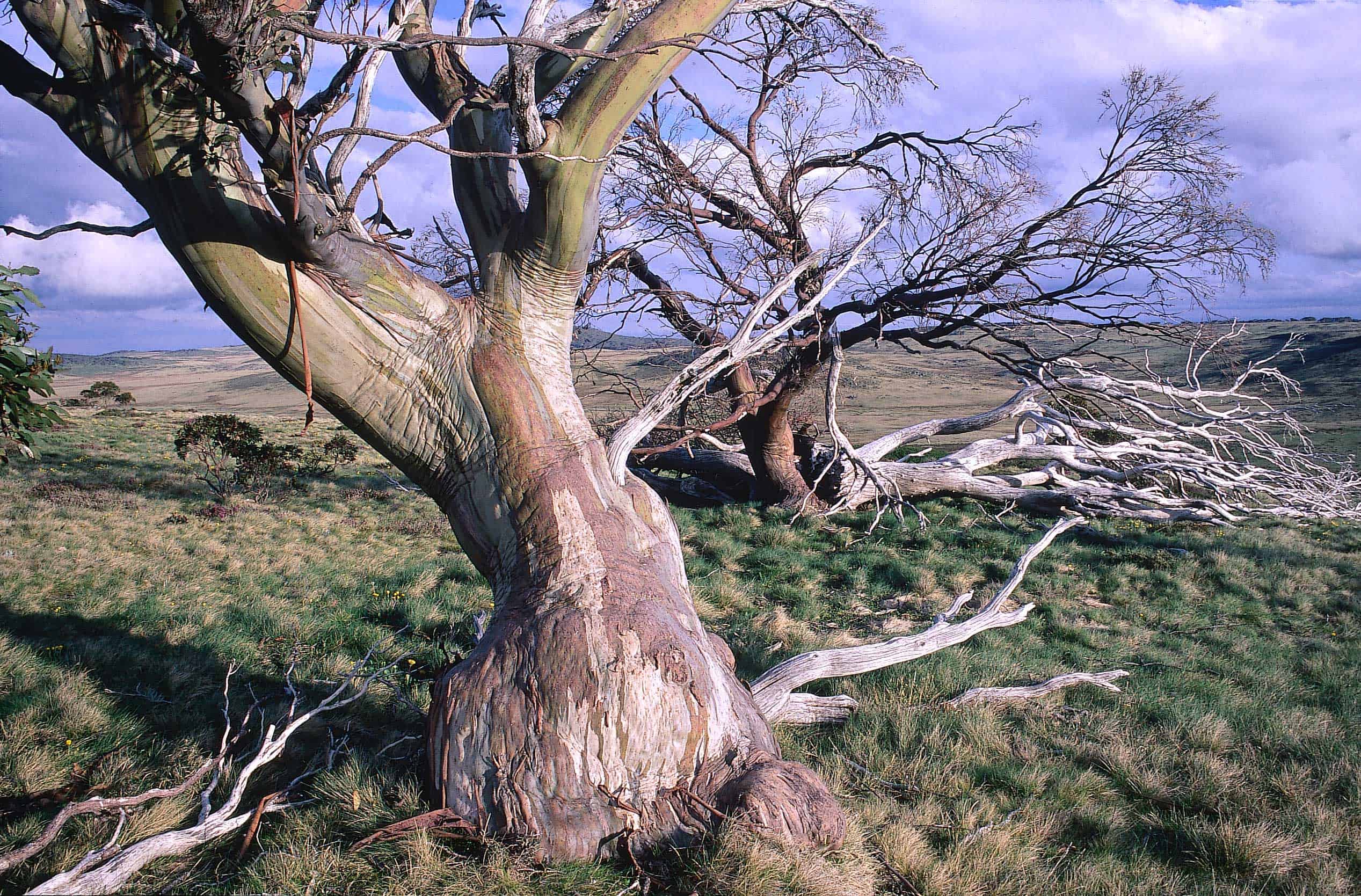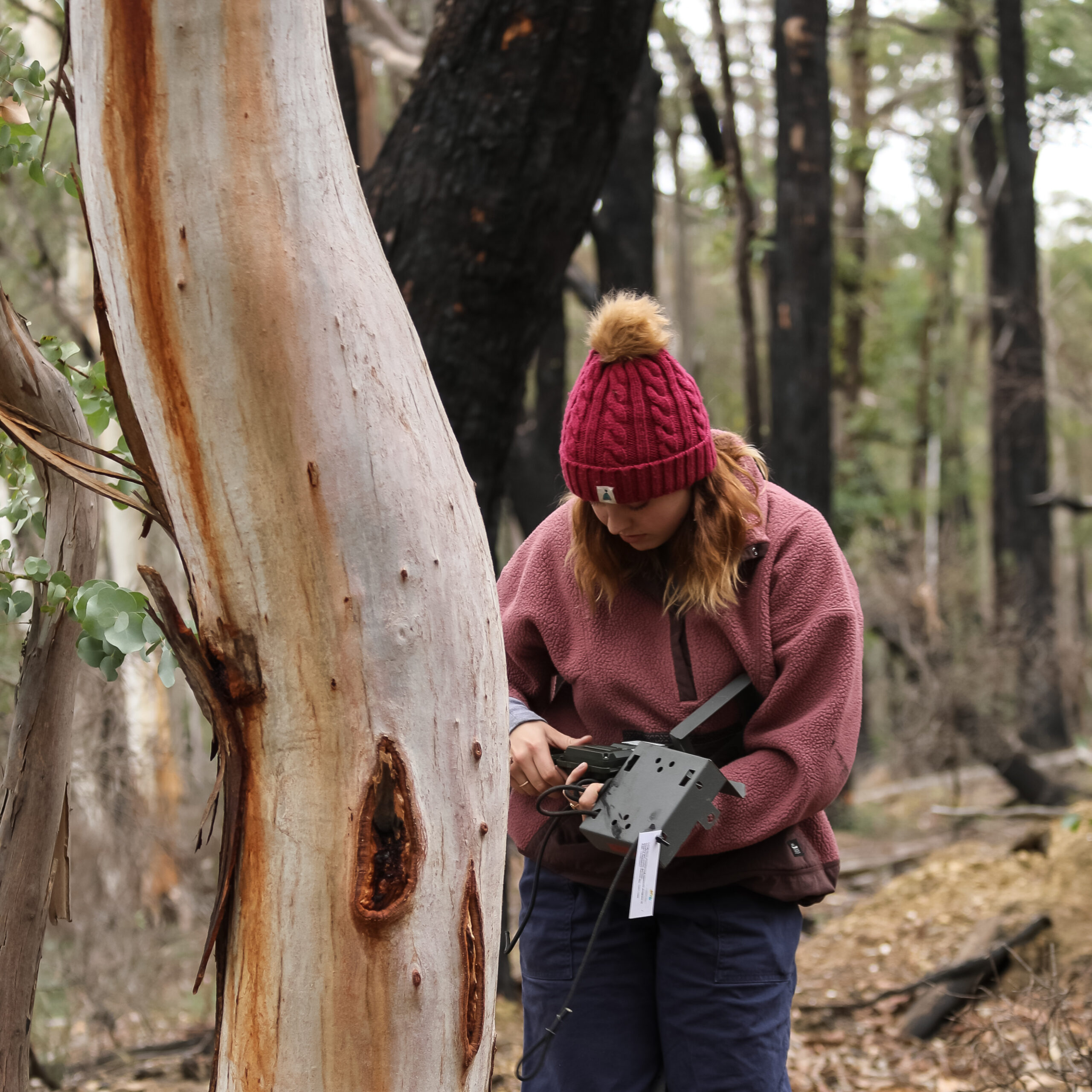The story of the conservation movement in Victoria is rich in moral courage, passion, and dogged persistence. It’s also the story of years of debates, decades of protests and public meetings, and generations of community action.
Our community has been working to protect wildlife and nature in Victoria for over 70 years and continues to today.
In 1952, when the Victorian National Parks Association was formed, Victoria had just 13 national parks, covering a bit over 100,000 hectares, and no National Parks Act. Today, largely due to our efforts, we now have 45 national parks, 26 state parks, 13 marine national parks, 11 marine sanctuaries and numerous other parks protected under the 1975 National Parks Act.
The creation and strengthening of parks
Little Desert National Park
Grampians National Park
The push for the Grampians was a decade of hard yakka to protect ancient landscapes where wildlife had evolved under the care of Traditional owners for thousands of years.
Local sawmillers and the forest industry were concerned about the impact on the livelihoods of people working in Stawell. But conservationists pointed out that tourism supported livelihoods without destroying the complex web of life that made this place so special.
VNPA led a strategic campaign, meeting with local groups and media to highlight both the livelihood benefits and the critical need for habitat protection.
The government’s initial proposal included continued logging and was resoundly rejected. The Grampians’ unique wildlife and plants needed complete protection, not fragmented habitats carved up by logging coupes.
After ten years of this hard work, the forestry-free Grampians National Park was established in 1984, securing a future for the remarkable web of life and honoring the deep connections between country, culture, and conservation.

Alpine National Park
In 1989 the Alpine National Park was created after nearly 20 years of campaigning that involved large, town hall meetings, comprehensive publications and fervent lobbying of decision makers.
Protecting the Mallee
A year later there were new and enlarged parks in the Mallee including the Murray-Sunset National Park and Big Desert Wilderness Park.
River red gum parks
Another two decades of persistent campaigning secured 100,000 hectares of new River Red Gum national parks in northern Victoria in 2009, which now protect more than 300 endangered species.
Marine national parks and sanctuaries
The world’s first system of 24 marine national parks and sanctuaries was established in 2002 after our 11-year campaign. In the same year an extended Box-Ironbark national parks system was created.
Point Nepean National Park
Following the establishment of the Point Nepean National Park in 1989, in 2009 we were instrumental in ensuring that the historic Quarantine Station was integrated within the national park.
New landscape-scale nature protection and parks laws
When VNPA formed in 1952, there was no National Parks Act, in fact there was barely any legal protection for nature at all. But we rolled up our sleeves and got to work.
The hard yakka paid off quickly. Just four years later, Victoria had its first National Parks Act and a National Parks Authority to go with it. Not perfect, but it was a start.
We kept pushing. In 1975, much stronger legislation came through – a new National Parks Act that really had some teeth. Then came our state nature laws – the Flora and Fauna Guarantee Act – in the late 1980s, giving wildlife and plants the safety they desperately needed.
By 1998, all this effort had built up to something really significant: Parks Victoria was born. Finally, a proper statutory authority dedicated to looking after our incredible parks and the complex web of life they protect.
 Preventing inappropriate development
Preventing inappropriate development
You’d think the message would be clear by now: our most precious landscapes should be national parks, not shopping centres. But developers and governments keep trying their luck with grand plans to plonk commercial developments right in the middle of our most precious places.
Every single time, VNPA and our supporters have sent them packing. Here’s the hall of shame:
Three attempts at major commercial tourism development at Wilsons Promontory National Park. The first was for a 600-guest hotel, golf course, mini railway and a conference centre in the 1960s. The second a multi-storey hotel in 1997, fell victim to VNPA’s Hands off the Prom campaign, which set a very important precedent for keeping major commercial developments outside park boundaries.
The most recent, in 2013, opposed a new government policy aimed at facilitating major tourism development in parks.
Attempts in the late 1960s to create an artificial lake and new motel accommodation in Mt Buffalo National Park Chalet were finally abandoned in 1972.
The same government policy resulted in inappropriate development proposals for the Quarantine Station inside Point Nepean National Park in 2014. It was not the first time such developments proposed for the site were successfully opposed, likely not the last.
In 2015, after a concerted VNPA campaign, the government rejected a planning permit application for a new road link between Mt Buller and Mt Stirling that would have sliced through fragile and threatened alpine communities. It was the same year that the option of 99-year leases in national parks to facilitate major commercial tourism developments inside parks was removed from the National Parks Act.
Cattle grazing in the Alpine National Park
It’s been in and out and then back in and finally back out. After many years of intensive work highlighting the damage caused to the Alpine National Park by grazing, the cattle were finally removed after the election of the Andrews Government in 2014.
Citizen science, bushwalking and activities programs
We ran our first excursion in 1954 (to Wilsons Promontory National Park) and today have an extensive program of bushwalking and activities each year.
We first began community monitoring in 1962. This later became the Park Mates program and has now evolved into our NatureWatch program and the award-winning ReefWatch program. Volunteers for Nature Watch monitor plants and animals in bush, creek and grassland areas, while ReefWatch divers and snorkelers monitor Victoria’s unique marine life.
Science-led campaigns
We published our first Nature Conservation Review in 1971 – there have now been four released – and established the science-based research that is the cornerstone of our work.
Habitat restoration
With our volunteers we’ve engaged in successful habitat restoration projects. These include planting thousands of trees every year as part of Project Hindmarsh, which has been operating since 1997, and in the Grow West project, which since 2003 has been working to rejuvenate 10,000 hectares of land in the Werribee River catchment.

 Preventing inappropriate development
Preventing inappropriate development